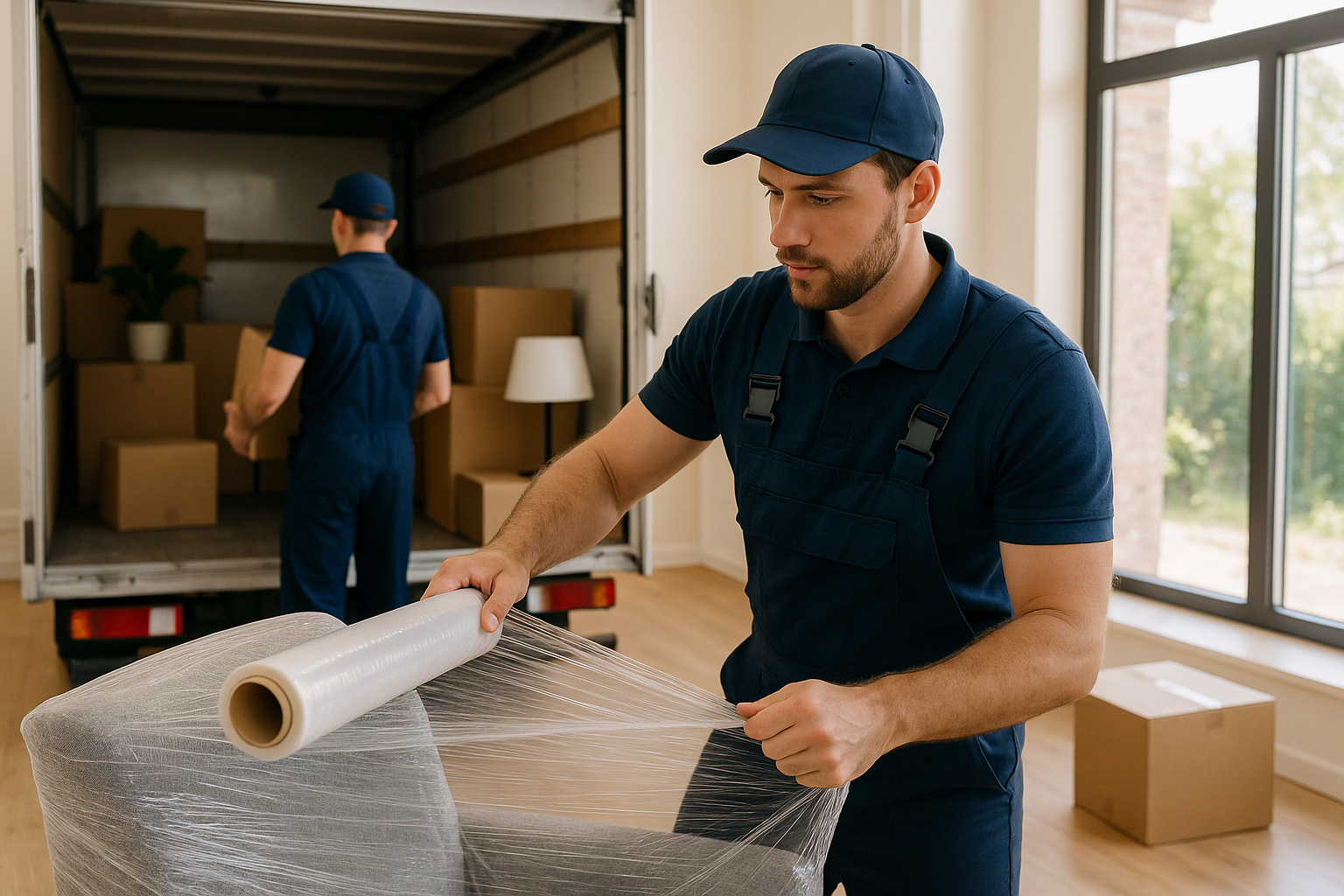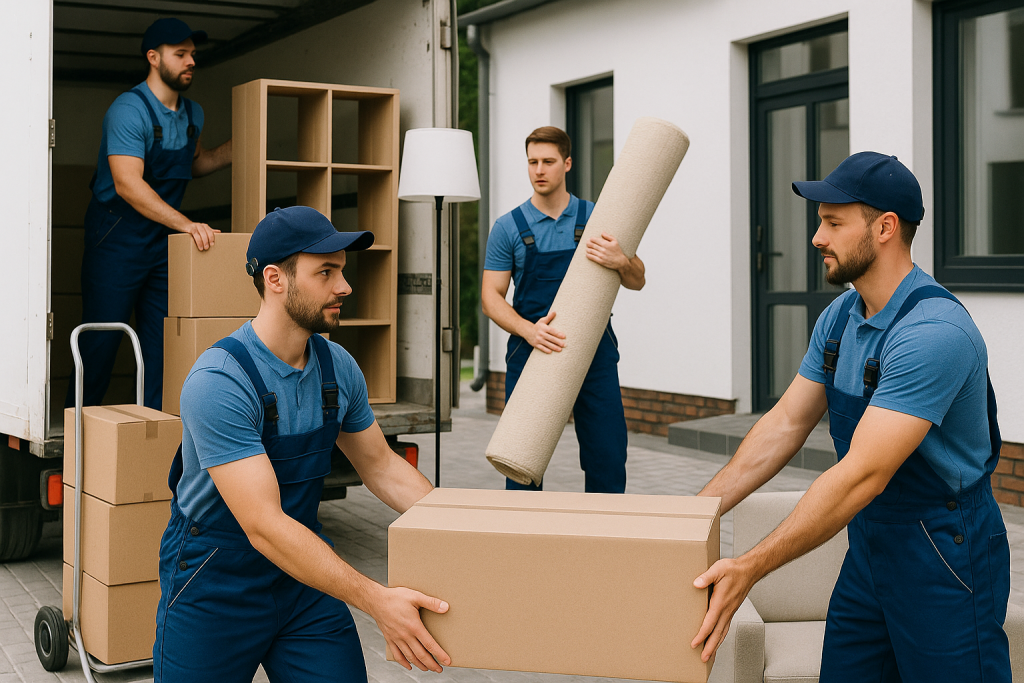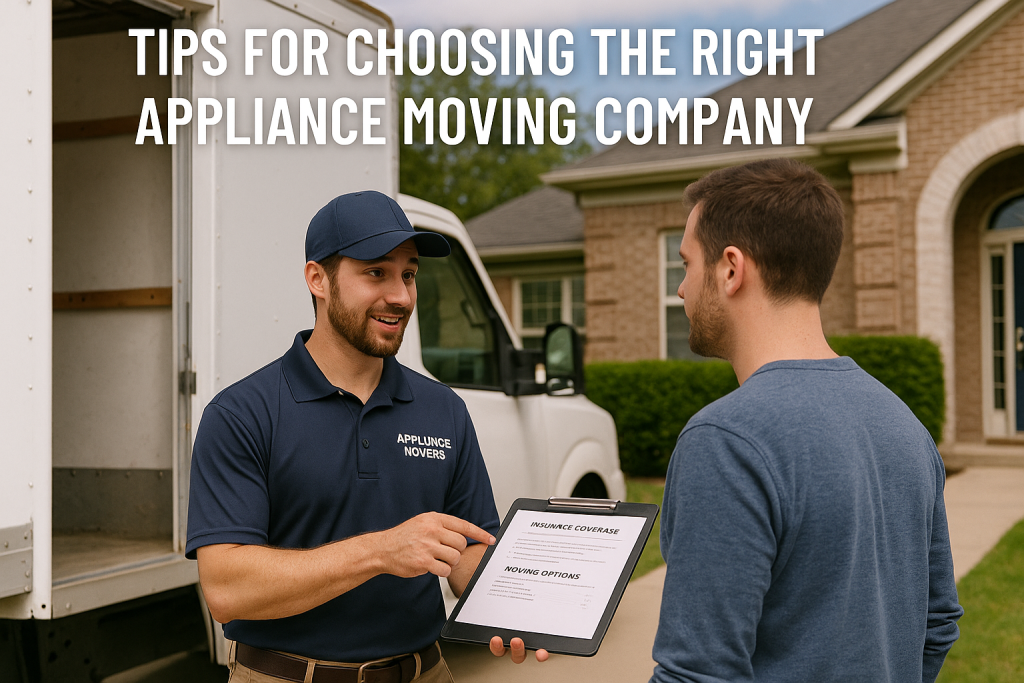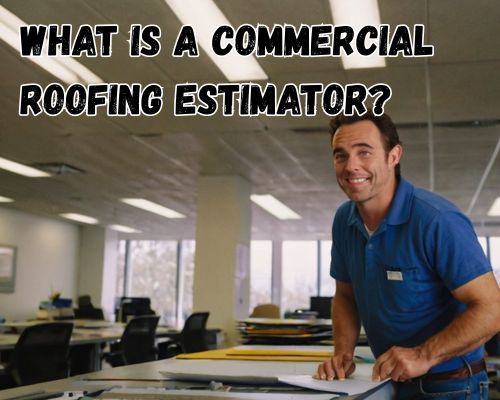As pool owners, we often seek solutions that enhance our outdoor experience while ensuring safety. An automatic pool cover offers both convenience and protection for our investment. With just the touch of a button, we can cover our pools, keeping debris out and minimizing the risk of accidents, especially for children and pets.

When considering the cost of automatic pool covers, we find that prices typically range from $7,000 to $25,000. Factors like pool size, shape, and the specific features we choose can all influence the final price. This investment may seem substantial, but the benefits it brings to our leisure and safety make it worthwhile.
In this blog post, we will explore the various costs associated with automatic pool covers. By understanding these factors, we can make informed decisions that best suit our needs while enhancing the enjoyment of our pools.
Understanding Automatic Pool Cover Costs
When considering an automatic pool cover, we should focus on several key factors, including initial costs and ongoing maintenance. Understanding these expenses will help us make informed decisions about our pool investments.
Initial Cost Factors
The initial cost of an automatic pool cover varies widely. We can expect prices to range from $7,000 to $25,000, depending on several elements.
- Pool Size and Shape: Larger or uniquely shaped pools often require more materials and custom solutions, increasing costs.
- Track System: The type of track used can also affect the price. In-deck tracks are typically more expensive than surface-mounted ones.
- Fabric Type: Some fabrics provide better durability and heat retention than others, which can influence our choices.
- Installation Costs: Professional installation may add $1,000 to $3,000 to the total cost, depending on complexity.
These factors should be carefully weighed against our budget to choose the best option for our needs.
Operational Costs and Maintenance
After installation, we also need to consider operational costs. Regular maintenance is vital for ensuring longevity and efficacy.
- Cleaning and Repair: Keeping the pool cover clean helps avoid debris buildup. We may face occasional repair costs, which can vary depending on the extent of wear and how well we maintain the cover.
- Energy Savings: A quality automatic pool cover can significantly reduce heat loss and evaporation. This helps lower energy bills since less heating is required.
- Maintenance Costs: We should budget for routine checks and possible motor maintenance, which is essential to keep the cover functioning smoothly.
By understanding these operational costs, we can make better choices that benefit our long-term enjoyment of our pool.
Benefits and Value of Automatic Pool Covers

Automatic pool covers offer significant advantages in safety and customization. These features enhance our pool experience while providing peace of mind.
Safety and Security Features
One of the main reasons to invest in an automatic pool cover is the safety they provide. Automatic pool safety covers meet ASTM standards, making them a reliable choice for families with children and pets.
These covers rest tightly on the water’s surface, reducing the risk of accidental falls. The strong cover material can support weight, ensuring that it won’t easily give way.
In addition, many automatic covers come with locked mechanisms, enhancing security when the pool is not in use. This feature keeps unauthorized individuals out, making our pool area safer.
Enhancements and Customization Options
Automatic pool covers offer numerous enhancements and custom features. We can choose between recessed tracks and on-deck tracks to fit our pool’s design seamlessly. This adds to the aesthetic appeal while maximizing convenience.
Cover materials can vary, including durable vinyl, which is easy to clean and maintain. We can also select from different colors and patterns to match our home’s look.
Retractable options offer ease of use, allowing us to open or close the cover with the push of a button. These features make it straightforward to secure the pool, providing us with convenience and peace of mind.




